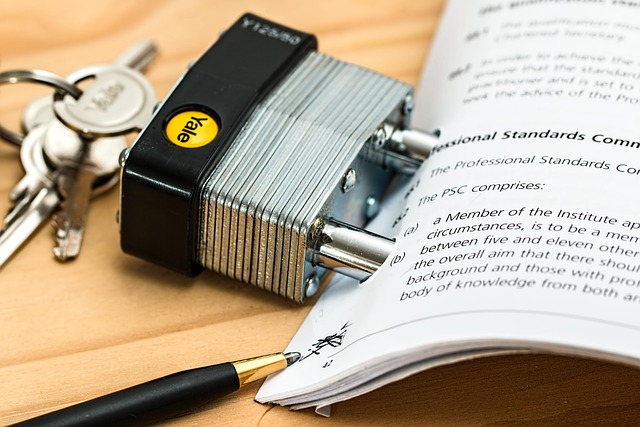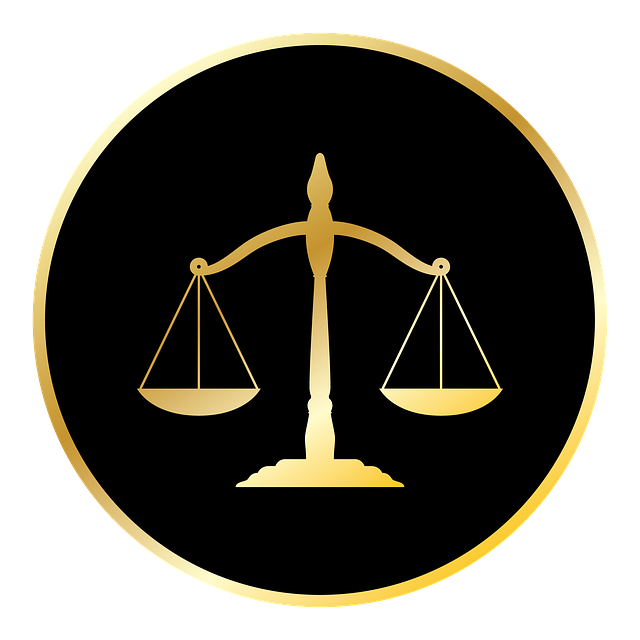Despite strict policies, loopholes in DUI legislation persist, increasing road risks. Legal ambiguities, differing blood alcohol limits, subjective impairment assessments, and complex medical exemptions contribute to these gaps. Inconsistent rulings due to lack of standardized guidelines further complicate accountability. The primary weakness lies in defining and measuring impairment, with court decisions failing to establish consistent standards across jurisdictions. Drug interactions complexity adds challenges in attributing impairment solely to drug use. These loopholes in DUI legislation demand updates to ensure laws align with advancements in understanding drug impacts on driving abilities.
Drug-impaired driving is a significant road safety concern, with loopholes in legislation often enabling offenders to evade justice. This article delves into the critical issue of “Loopholes in DUI Legislation,” uncovering current legal weaknesses in drug-impaired driving cases and highlighting their potential consequences. By examining these gaps, we aim to emphasize the urgent need for stricter policies and penalties, drawing insights from international examples that have successfully implemented zero-tolerance laws, significantly enhancing road safety measures.
- Loopholes in DUI Legislation: Uncovering the Gaps
- – Identifying current legal weaknesses in drug-impaired driving cases
Loopholes in DUI Legislation: Uncovering the Gaps

Despite the strictness of zero-tolerance policies, loopholes in DUI legislation persist, posing significant challenges to public safety. These gaps often arise from legal technicalities and ambiguities that allow offenders to evade consequences for their actions. For instance, some states have differing blood alcohol limits for commercial drivers versus regular motorists, creating an uneven playing field. Additionally, interpretations of “impairment” can vary, with judges sometimes showing leniency based on subjective assessments rather than objective measures like field sobriety tests.
Another common loophole involves medical exemptions, where individuals claim a legitimate health condition as a reason for consuming substances that would otherwise render them unfit to drive. While these cases require careful consideration, the lack of standardized criteria and clear guidelines can lead to inconsistent rulings. Furthermore, the complexity of laws and varying enforcement across jurisdictions complicates efforts to ensure uniform accountability for drug-impaired driving.
– Identifying current legal weaknesses in drug-impaired driving cases

Despite stringent laws against drug-impaired driving, current legal frameworks often contain loopholes that hinder effective prosecution. One significant weakness lies in defining and measuring impairment. Court decisions have struggled to establish consistent standards for what constitutes impaired driving, leading to inconsistent interpretations across jurisdictions. This inconsistency results in a patchwork of laws that can be exploited by defense attorneys, potentially weakening cases against offenders.
Additionally, the complexity of drug interactions and varying substance effects on individuals creates challenges in attributing impairment solely to drug use. The legal system often faces difficulties in differentiating between legitimate medical usage and impairment, especially with newer substances not yet included in standard field sobriety tests. These loopholes in DUI legislation demand a reevaluation and update to ensure that laws keep pace with advancements in understanding drug impacts on driving abilities.
In light of the above, it’s clear that loopholes in DUI legislation must be addressed to ensure safer roads. By understanding and closing these gaps, we can enhance enforcement efforts and protect communities from the dangers of drug-impaired driving. Zero tolerance policies are a crucial step towards achieving this goal, promoting accountability and deterring individuals from engaging in such risky behavior.






